|
In the past year, you’ve no doubt spent a lot of time perfecting your operation to handle take-out and delivery orders. As pent-up consumer demand now drives people back to restaurant dining rooms, will yours be ready? Managing off-premise and on-premise orders and in-restaurant traffic is likely to challenge operators as businesses reopen to more guests. Technology can help here – by managing in-dining room bookings, coordinating orders coming from many directions and enabling quick communication with staff on days when you need to ramp up or ramp down due to fluctuating demand.
Times of challenge create opportunity – and more tech is emerging to help level the playing field for independent businesses trying to compete with large national and international brands. According to a National Restaurant Association survey, one-third of independent operators feel they are falling behind when it comes to using the technology that could support their business. But new products and payment structures are making these technologies more accessible for independents. For instance, Slice, the online ordering platform for independent pizzerias, recently launched a POS system and online rewards system designed specifically for those businesses – many of whom have been slow to adopt technology while the likes of Domino’s are tracking customer preferences, upselling repeat customers and enabling them to know when their delivery driver is on his way. A recent report from Food & Beverage magazine indicated that it’s becoming more common for restaurant technology companies to offer lower up-front costs and subscription fees, as well as leasing options to accommodate operators that can’t afford to make large investments in equipment up front. You may also be able to negotiate deferred payments and contracts that include consulting time. If cash registers and pencil-and-paper ordering is still the norm for you or if you’re simply not getting the kind of real-time information you need from your system, now is a good time to approach restaurant technology companies to see what they can offer independent restaurants. The Restaurant Technology Network is a good source for information and resources including pro bono consulting and you can always ask Team Four for help in getting started too.
If you think about where you were at this time last year or even two years ago, wouldn’t it have been helpful to be able to see into the future? How would you have adjusted your business and the systems you use to support it? Machine learning technology could be the next best thing by literally helping businesses predict the future and make the kinds of subtle day-to-day adjustments that can help them flex with challenges. For example, you may be swimming in data about your business – but do your systems allow you to make sense of it in the moment? Machine learning helps you assess your data so you can take precise, just-in-time actions. That means tracking how guests are ordering and paying today, what food trends they are responding to, and which promotions have the greatest impact on profits.
Using artificial intelligence in your restaurant isn’t necessarily about investing in a robotic chef to flip burgers. Increasingly, it can help restaurants manage the nuances of customer data – something that can benefit any restaurant. A recent report from Nation’s Restaurant News described how the brand El Pollo Loco is using an A.I. product called Merlin to help boost the capabilities of its loyalty program. By using A.I. to sift through reams of customer data, Merlin can help the brand get more strategic with the offers they make to customers – for example, suggesting items past customers are likely to order, but also not offering deals or discounts where it’s not as necessary to retaining the customer’s loyalty.
COVID-19 has been especially tough on independent restaurants, with recent research from Paytronix indicating that independents have lost 10 percent of their customers since the pandemic began. But the good news is that according to the research, which surveyed 2,130 independent restaurant customers, the digital tools independent restaurants offer to manage orders, payments and customer preferences can help build business back up in a big way – and seemingly without requiring sweeping changes to the menu or other aspects of the business. Specifically, it found that consumers who order online spend 50 percent more than those who order in person. Further, half of all customers of independent sit-down restaurants said they would spend more if the restaurant offered a loyalty program. Offering online ordering and a loyalty program are not major adjustments for a restaurant to make – but they could generate a lot of revenue. How easy do you make it for customers to order online from you? What steps could you take to make it easier and faster to order from you on any device? (Consider the businesses that deliver your most user-friendly online ordering experiences, from Amazon to Domino’s to small, independent businesses.) What incentives do you offer to get customers to return? If you have an existing loyalty program that rewards customers for repeat visits, could you take it a step further by personalizing it according to the preferences they have expressed in past orders?
Your POS system is the nerve center of your restaurant – and when it’s doing its job right, it can help your business and brand get back on track after a volatile year. Your system should help you drive consistency with your menu, manage third-party delivery vendors and associated costs, and smoothly integrate multiple order streams. It should help you manage the back end of your business remotely and from different devices so you don’t have to be onsite to get a clear view of the business. Finally, after a year when a lot of restaurants have had to make on-the-fly adjustments that haven’t necessarily been on-brand, your POS should unify your brand presence across multiple platforms so the face of your restaurant comes through whether customers are ordering curbside or via your app. Does your system support you as well as it should in all of these areas?
COVID-19 has cast a bright spotlight on the building blocks of the food industry. It has made consumers and food businesses question where our food comes from, what foods should and shouldn’t be offered throughout the year, how our food is produced and by whom, and how many stops a food product makes along the food chain from start to finish. There is a growing ecosystem of tech-driven organizations looking to give food industry professionals more knowledge about the food they are managing, as well as more control in managing it. Better Food Ventures, a venture capital investment firm that focuses on technology’s applications in the food industry, recently assembled a chart of the 1,300 startups comprising the agtech ecosystem. These startups operate in such areas as crop monitoring, pest and disease monitoring, harvest robotics, automated crop care and sunless production systems – and provide an interesting glimpse into how the industry is adapting to the current environment. As we manage the possibility of future challenges ranging from severe weather to pandemics, technologies like these are likely to become more critical pillars of the food supply.
Cleaning protocols have taken on new importance this year. Are your tech tools taking a beating? More frequent wipe-downs of kiosks, tablets and other technology you have adopted to support service during the pandemic may be impacting the life of each device – or at least the condition of its surface. There are products available that may help, such as hard-coated films that offer anti-microbial protection – Autotex AM film is one example. Otherwise, make sure you follow the manufacturer’s instructions regarding the proper ways to clean and sanitize devices without causing damage – and adjust your training procedures so staff know how to safely treat the full range of surfaces in your establishment.
Finally, the restaurant industry is seeing exciting signs of life. So what’s the next challenge? Many operators may experience dramatic shifts in business and demand across different channels as people embrace eating out again, or on the flip side, react to potential infection spikes as states open up. According to a late February survey from the polling organization CivicScience, 53 percent of Americans feel comfortable with the idea of eating at a restaurant, while the remainder are more hesitant. Under those conditions alone – ignoring other factors that affect restaurant business each day – it could be challenging to know how much staff to have on hand or how much food to buy on a given day. The capabilities of your POS system are key to fortifying your business for the new environment. As states open back up for business and warming weather brings people out, make sure your system is, above all, flexible – to different forms of payment, an assortment of order streams, shifting demand within those order streams, and to any new features your restaurant needs to adopt as it evolves. Your system should allow you to oversee business across other locations, whether those locations are similar brick-and-mortar restaurants, ghost kitchens or food trucks. Finally, it should account for varying levels of staff knowledge and training by being easy to learn – and user-friendly when it comes to generating the reports you need to manage real-time business fluctuations.
Name a restaurant challenge and there is likely technology in existence or in development that can address it in some way. One bright side to the pandemic has been the urgency with which these developments are coming to market to keep restaurants in business – either directly or indirectly. One recent example is a site called NotGrubhub.org, which was launched by a food-tech entrepreneur earlier this year. The Los Angeles Times reports that the map-based website points customers to restaurants that take food orders directly. It was designed to bypass third-party food delivery apps that can charge up to 20 percent in commissions or marketing fees from restaurants in Los Angeles – and in effect, carve into restaurants’ already-slim margins. Even if such a service isn’t available where you are, the site is helpful in building consumer awareness about where their money is going, as well as highlighting restaurants’ need for customers to come directly to them when possible.
|
Subscribe to our newsletterArchives
July 2024
Categories
All
|
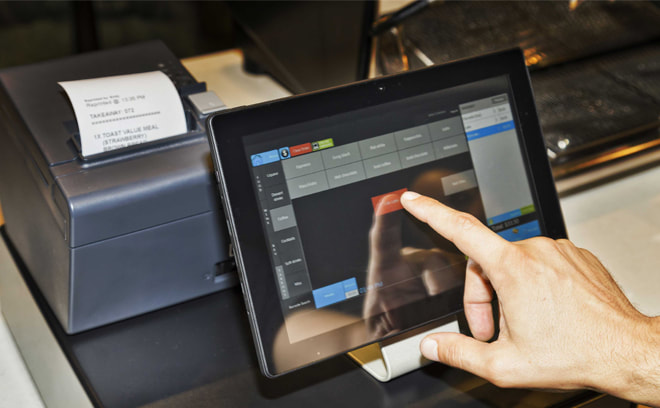
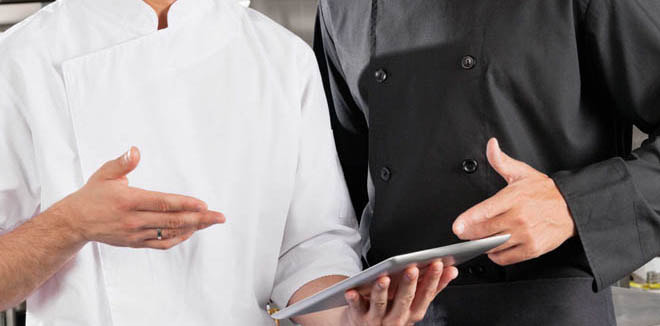



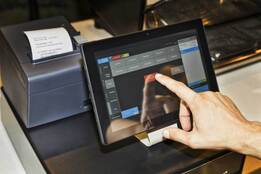

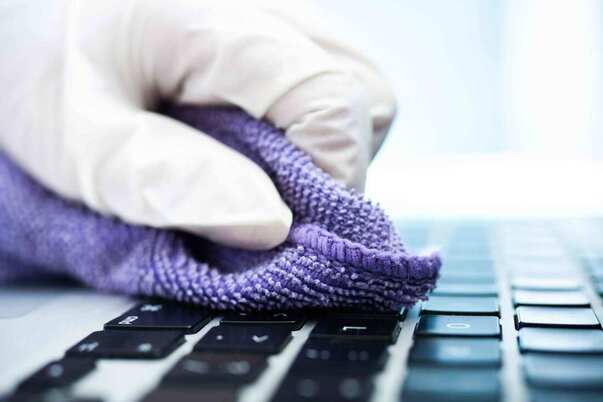




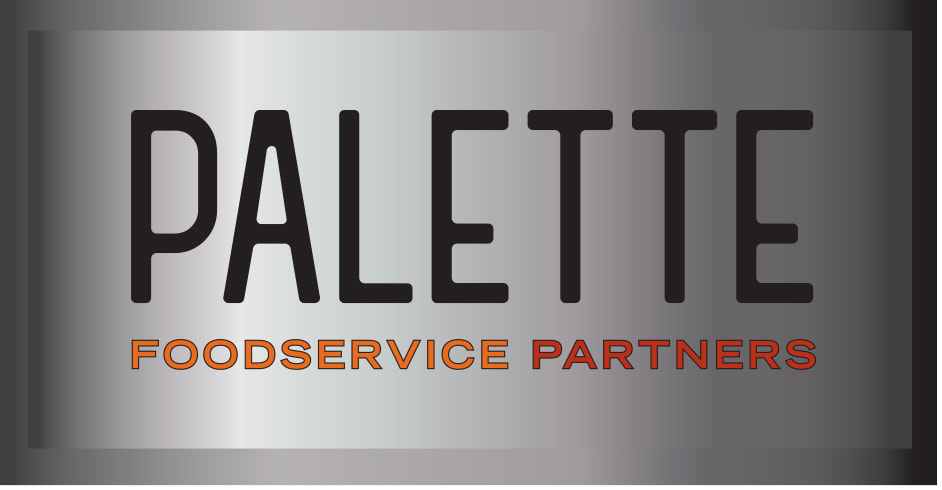
 RSS Feed
RSS Feed